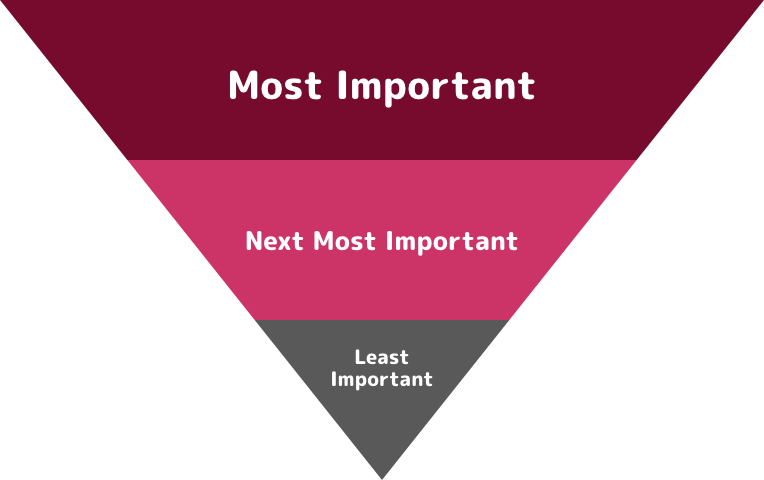Why Writing for the Web is Important
Reading online is a very different experience than reading in print—it’s often more scanning than reading. A study from Chartbeat found that just over half of website visitors spend 15 seconds or less on a webpage. Compare that with an online reading behaviour study from Jakob Nielson which found that users have time to read only 28% of words on an average webpage. Learning how to write for the web is key in beating these metrics!
Understanding Page Goals
Before you start any writing, knowing the purpose and goals of your webpage(s) is the first step in making sure your content achieves what it’s set out to do. Ask yourself the following:
What is this page for?
What do I want visitors to do on this page?
For example, if your page is informational, you’ll want to make sure it’s easy to understand and that it gives visitors all the information they need to know. If your page is action-oriented, you’ll want to make sure visitors have an easy path to the desired action. You’ll also want to clearly convey the reasons why they should take action.
Know Your Audience
In order to write content that will resonate with visitors, you’ll need to have a good idea of who they are. Knowing who you’re writing for can help you make decisions about what information to include, how it should be structured, and what kind of language and tone to use. Building out user personas is a good way to do that—it will help you to identify your audience’s needs and desires.
Use Simple and Concise Language
Knowing how little time visitors spend on the average webpage means simple, clear and concise language will make your content easy for visitors to consume.
Examples of how to simplify your writing:
| Instead of this: | Try this: |
|---|---|
| obtain | get |
| prior to | before |
| purchase | buy |
| request | ask for |
| subsequent | next |
| terminate | end |
| utilize | use |
Write for Scanning
As we mentioned earlier, reading online is often more scanning than actual reading. Another study by Jakob Nielson found that only 16% of people read word-by-word. Employing these simple tips when writing for the web will help make your content enjoyable and easy to read.
Active vs. Passive Voice
What is Passive Voice and Why You Should Avoid it?
Passive voice is a style of constructing sentences when the object of an action becomes the subject of a sentence. It’s often more wordy, a style common in formal or fiction writing. When it comes to web content, it requires visitors more time to process so it’s best to avoid it whenever possible.
Examples of passive voice:
At dinner, six shrimp were eaten by Harry.
The savannah is roamed by beautiful giraffes.
The flat tire was changed by Sue.
There are instances where using passive voice makes sense — often when the subject is unknown or irrelevant.
Using Active Voice
Active voice is the simplest possible sentence structure which features The Subject who does The Verb. Active voice is not only a simpler way to write, it’s much more engaging
for the reader.
Examples of active voice:
Harry ate six shrimp at dinner.
Beautiful giraffes roam the savannah.
Sue changed the flat tire.
Inverted Pyramid: Putting Important Information First
The inverted pyramid is a writing structure where the most important information (generally considered ‘the conclusion’) is presented first. It’s a quick way to get to the point and an effective strategy in writing for the web!

Link Best Practices
Recommendations from the The World Wide Web Consortium (W3C) include:
- Be brief and meaningful
- Provide information even when read out of context
- Explain what the link offers
- Not focus on the mechanics
- Not include verbs in the actual linked text


